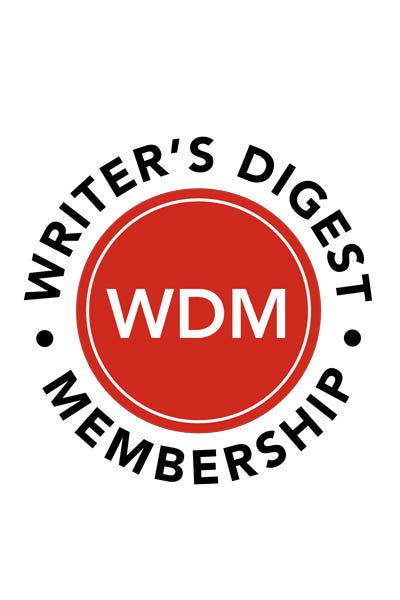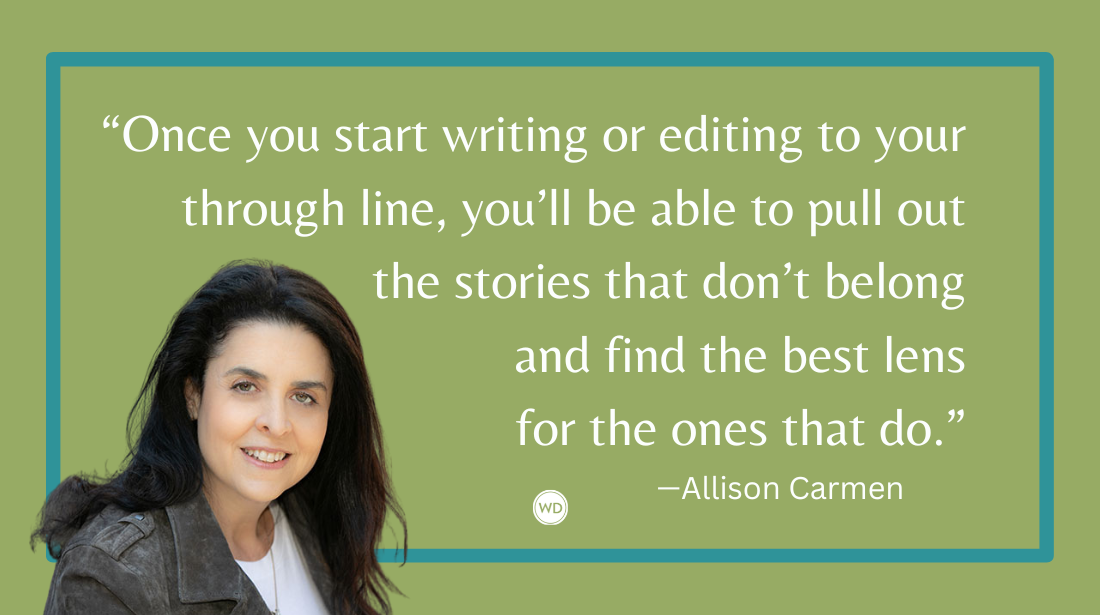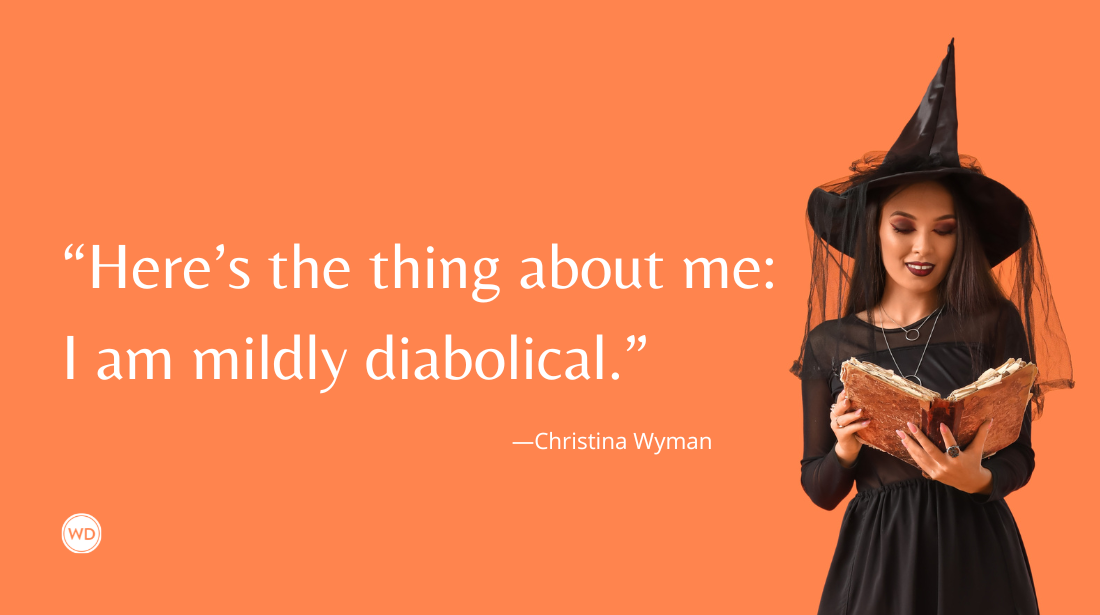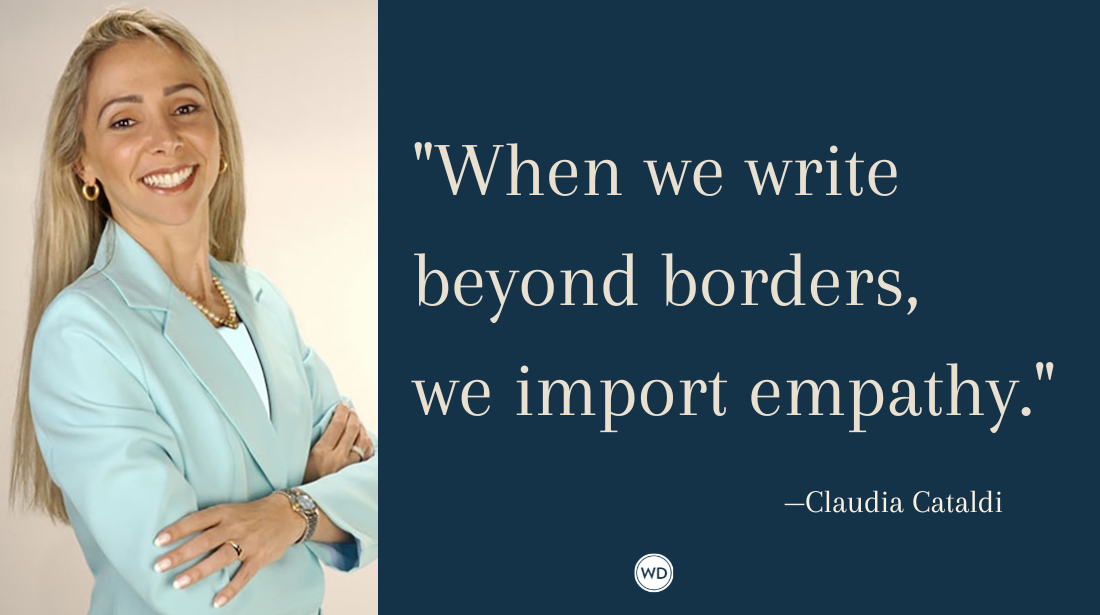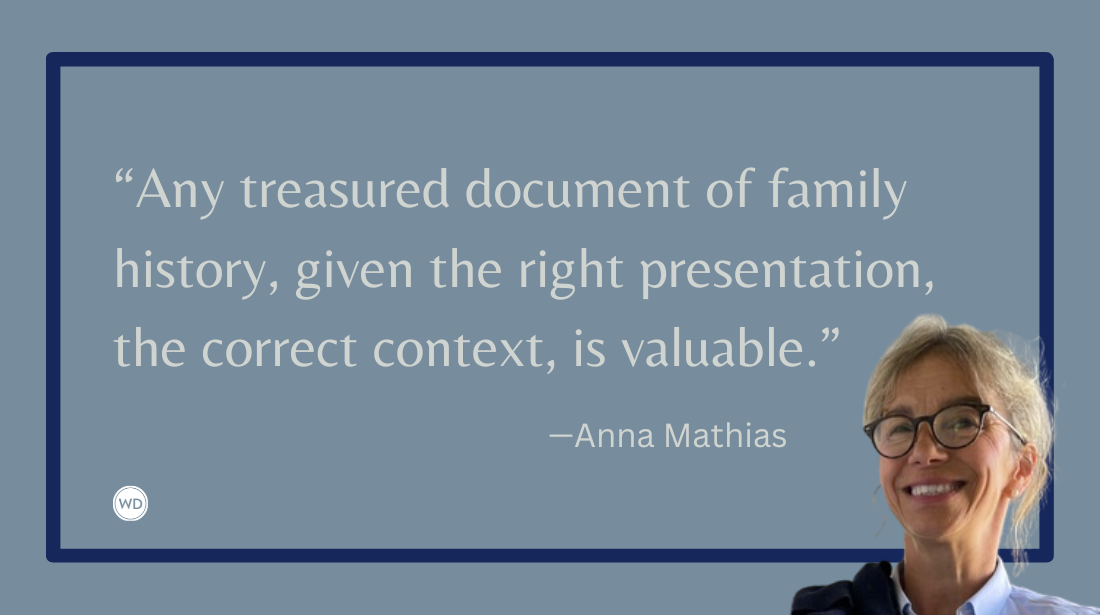What’s in a Name?: How to Title a Memoir
Award-winning author Hendrika de Vries shares how she figured out titles for her memoirs, both set at different times of her life.
"How did you decide on the titles for your memoirs," readers often ask me. How do we writers name our books? How do we distill the essence of a complex story into a few words that appear as a title on the cover? It is an act of storytelling itself.
In a Writer Unboxed article, author Barbara Linn Probst explores the art of crafting compelling book titles. Her reflections primarily draw from fiction. However, her insights prompted me to revisit the often-circuitous journey I experienced in naming my two memoirs. Unlike fiction, memoirs often carry the weight of personal significance. My memoir Open Turns: From Dutch Girl to New Australian, a story about being a young immigrant swimmer in Australia, demanded a deep dive into my adolescence. Finding its name proved to be almost as daunting.
Naming my first memoir When a Toy Dog Became a Wolf and the Moon Broke Curfew, about my childhood in WWII Amsterdam, was a breeze in comparison. I was a little girl whose adoring daddy was deported to a German labor camp, and whose mother joined the Resistance and hid a Jewish girl, who became like an older sister.
Allowing that little girl’s voice to guide the telling of my story felt like a gift. Who could not love a five-year-old who witnesses her foster sister being dragged out of her home, her mother held at gunpoint, suffers near starvation, and almost loses her life in a mass shooting when celebrating freedom?
I cried as I wrote her story. She reminded me of the imagination and belief in miracles that helped me survive the darkness––when my father and I imagined that a toy dog could become a wolf, and when a “miracle moon” lit up the icy path along the canals to guide my mother and me home before the Nazi curfew might get us shot. The story named itself.
When a Toy Dog Became a Wolf and the Moon Broke Curfew ends with my family boarding the immigrant ship that will take us to our new life in Australia. It won many awards. Readers demanded a sequel. And I wrote Open Turns: From Dutch Girl to New Australian. The ship has set sail.
At first, I wondered how a memoir about a teenage immigrant girl in the 1950s could be of interest to readers today. I was 13 years old when I left behind my friends and the swimming club where I belonged. Traumatized by war experiences, but armed with big plans and dreams, my younger teenage self would challenge me as I began to write her story. But I recognized and liked her willful strength and resilience.
As a family therapist, I have witnessed many clients face major life changes. Whether brought on by death, divorce, physical ailments, or loss of home through fire or flood, they needed that same human resilience and courage to hope in their effort to adapt to a new reality. I saw that my story was not just the narrative of an adolescent displaced girl, but the story of each one of us trying to navigate our way in a complex world. What inner hopes and intentions do we draw on as we face the inevitable twists and turns in our life journeys?
I devote a chapter in my book to a powerful memory of my father taking me for a walk in the Mallee scrub desert shortly after our arrival in Australia. I was angry and confused, suffering from nightmares. But under a darkening evening sky the stars had begun to flicker and a million lights formed a sparkling dome. With my hand in his, I found myself in a cosmic cathedral. And in that deep stillness, I heard the voice of that timeless land. Then, “Look,” my dad said pointing to the Southern Cross I had wanted to see. “We are all part of this. It’s all interconnected.”
His awe and reverence for the vast mystery of nature and the cosmos opened a traumatized teenager’s heart, and I, the older writer of her story, searched for a title that would reflect the power of that opening that helped her adapt to her totally new life.
I ran different titles by friends and colleagues, even family in Australia, who said, “I don’t think you are quite there yet.” My editor Krissa at She Writes Press sent me suggestions that included terms used in swimming.
As a young state champion swimmer in Australia my strongest strokes were the butterfly and breaststroke, which demanded that at the end of each length of the pool, I place both hands firmly on the wall, tuck my knees under, turn and push off with all my strength. It is called an “Open Turn” in the swimming world, and it’s the way I have envisioned many a challenging turning point in my own long life. Those transitions, those times when we must take a breath and access the inner strength and resilience to face the next length, the unknown future, with hope and determination.
My book found its name. Open Turns: From Dutch Girl to New Australian. What’s in a name? Well, a whole story, of course.
Check out Hendrika de Vries' Open Turns here:
(WD uses affiliate links)



